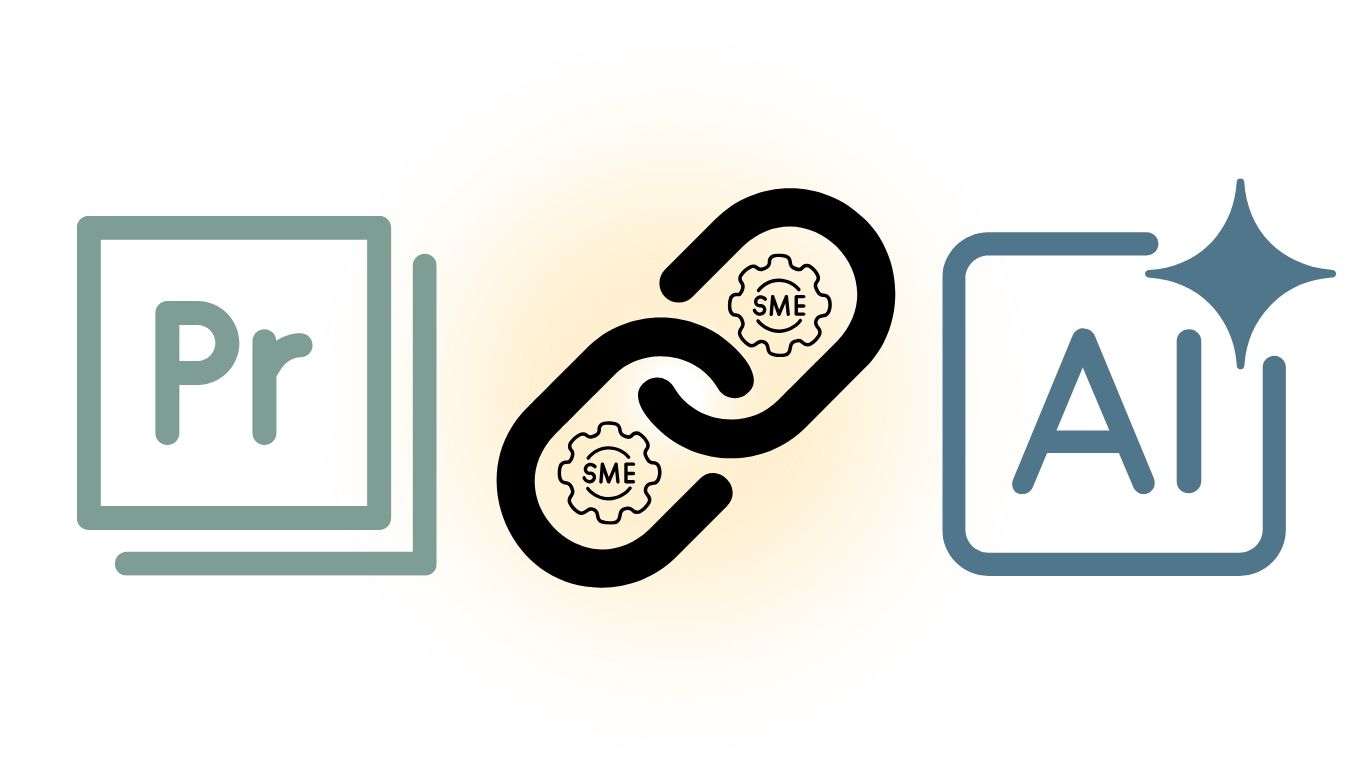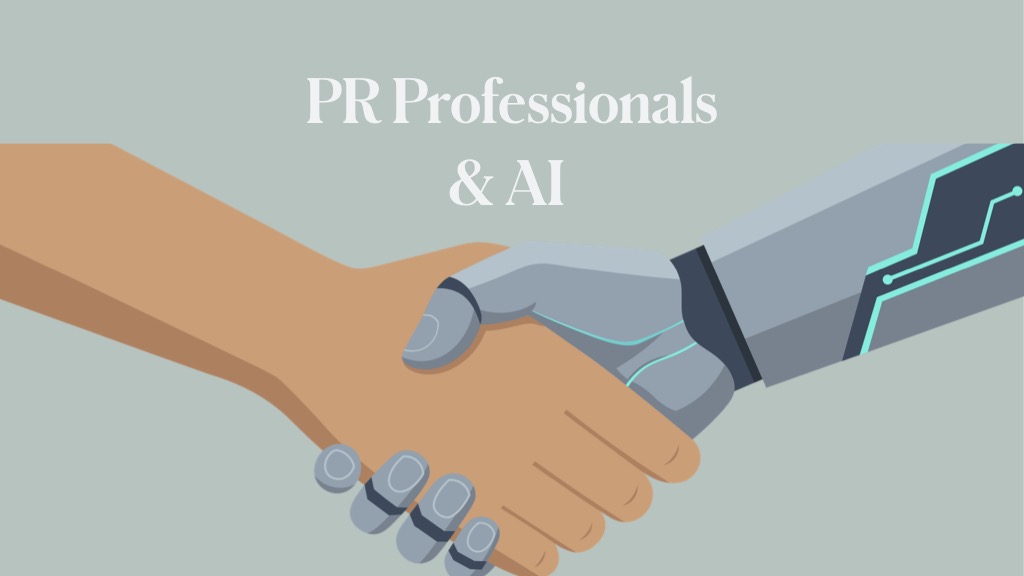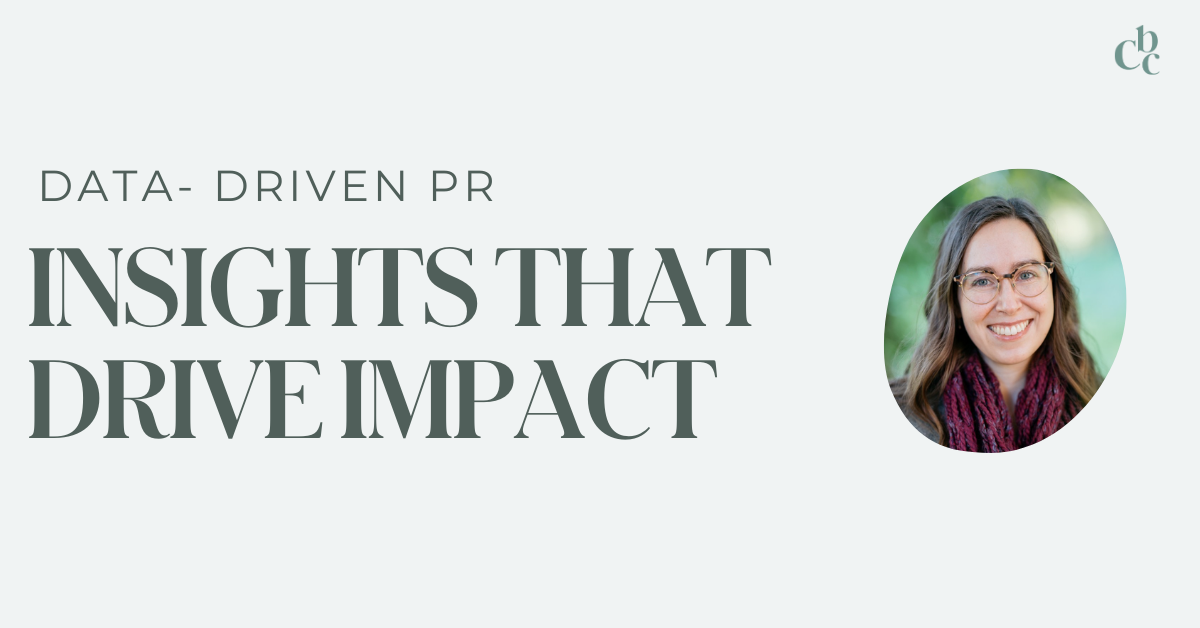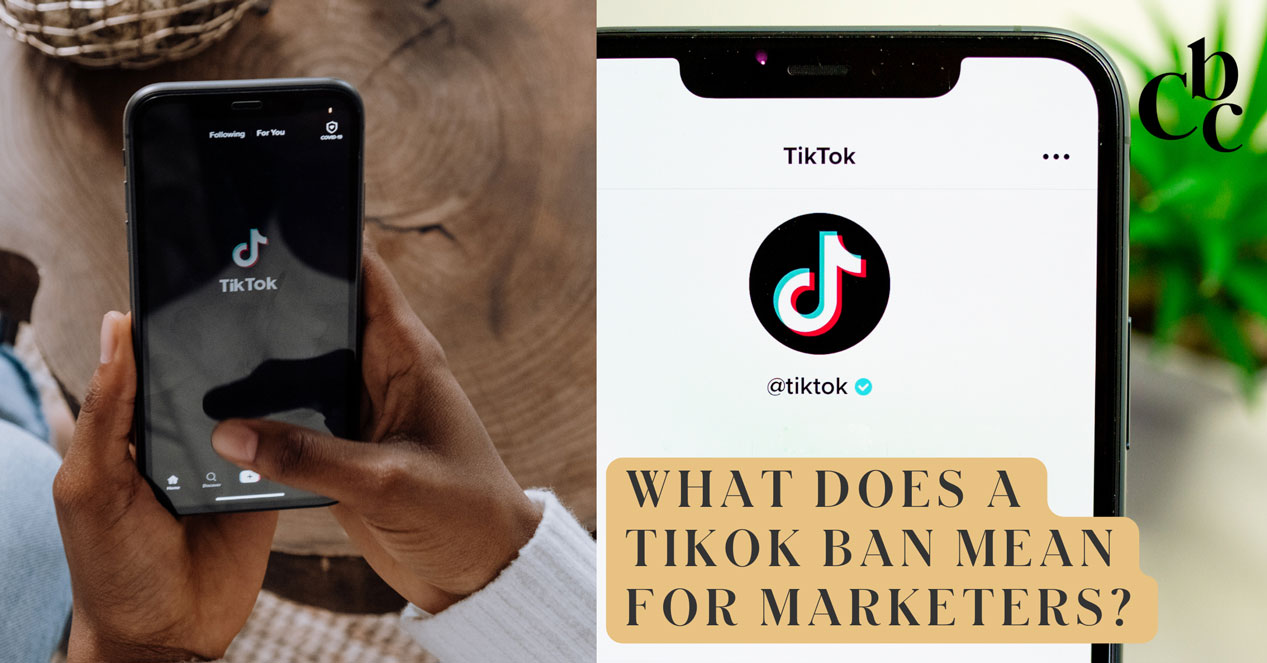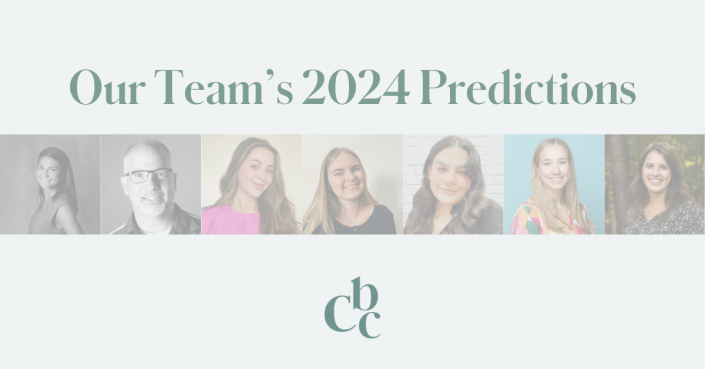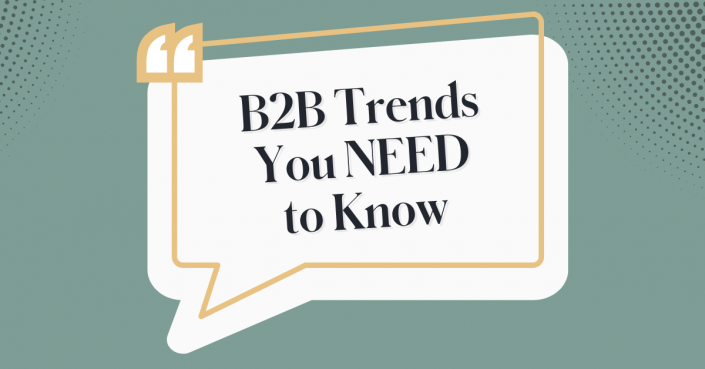How Brand Experts Create Trust in the AI Age
AI assistants and summaries don’t invent authority; they assemble it from citable explanations by recognizable experts in reputable places. Your public relations program becomes the “reference layer,” and your subject-matter experts (SMEs) are the builders—when their statements are packaged for re-use, sourced on-record, and mirrored on your site.
This post expands on the recent Forbes piece by Len Cercone, CEO/Founder of CBC and PR & AI visibility expert (“Your SMEs Are The Missing Link Between PR And AI Visibility”) with how-to steps, a simple diagram concept, and templates you can put to work today.
Key Takeaways
- Experts in public relations can help brands build trust in the AI age by creating credible content from subject-matter experts (SMEs).
- AI summaries rely on authoritative sources; thus, packaging SME insights effectively can enhance visibility.
- Develop a structured SME program to streamline content creation and ensure it addresses buyer questions.
- Craft educational, AI-friendly content that focuses on delivering value rather than direct sales pitches.
- Incorporate credibility signals and answer-ready pages to improve your brand’s chances of being cited by AI tools.
The Shift: Building Trust Through Credibility Signals
Performance channels are losing easy wins: AI summaries create a click drought, social platforms keep users on-site, and privacy changes constrain targeting.
The upside: earned media is newly critical because both AI tools and human editors lean on named experts, consistent entities, and clear, source-backed explanations.
When your SMEs share authoritative insights in trusted outlets—and your site matches the names, titles, and claims—your brand becomes the credible sources that surfaces first in the answers buyers see.
The trick is to send the right credibility signals so that machines can feed them to your prospect… one of the first steps in building trust. Demonstrating E-E-A-T (Experience, Expertise, Authoritativeness, and Trustworthiness) is already an SEO best practice, but one that is newly critical for the AI age.
89% of links cited by AI tools come from earned media.
Muck Rack, “What is AI Reading?”, 2025
How to Create an SME Program
- Choose Your First Expert
Your subject-matter expert could be an employee: COO, a product development lead, or anyone else who can demonstrate credibility. Outside experts work too: a scientist, dietician, or academic.
You’ll want someone who can speak simply on the important, less talked about parts of your business. Your formulations, sourcing stories, values… the things that people want to know but that don’t often fit in a performance ad.
It’s important to note that the expert won’t be creating the content alone. All they need to do is agree to an input session, and your PR & content folks will do the heavy lifting. Set up a regularly scheduled interview with your SME (try a monthly cadence to start) to swim around in their brain for a bit. More on this later. - Do your Query Homework
After speaking with your expert, it’s time to align with the questions your prospects want answered.
If you have an SEO resource, ask them for the top “conversational or situational queries” pertaining to your subject. In fact, you may want to make this step one, but I was afraid I’d lose you at “SEO.”
If you don’t have an SEO pro on call, just ask ChatGPT. You’ll get a list in seconds.
Now you’re ready to begin creating content that answers your prospects’ questions with information that is unique to your company. Don’t get hung up on search volume. Just pick the topics that feel right. - Create Content for AI Results
Now that you have both the questions from your audience and the authoritative answers from your SME, you’re ready to start writing.
The easiest way to get rolling is to start with a long-form blog post. Other assets will be derived from this.
For more tips on how to write your PR content in an AI-friendly way, check out our latest guide: How to Create AI-Friendly Content for PR.
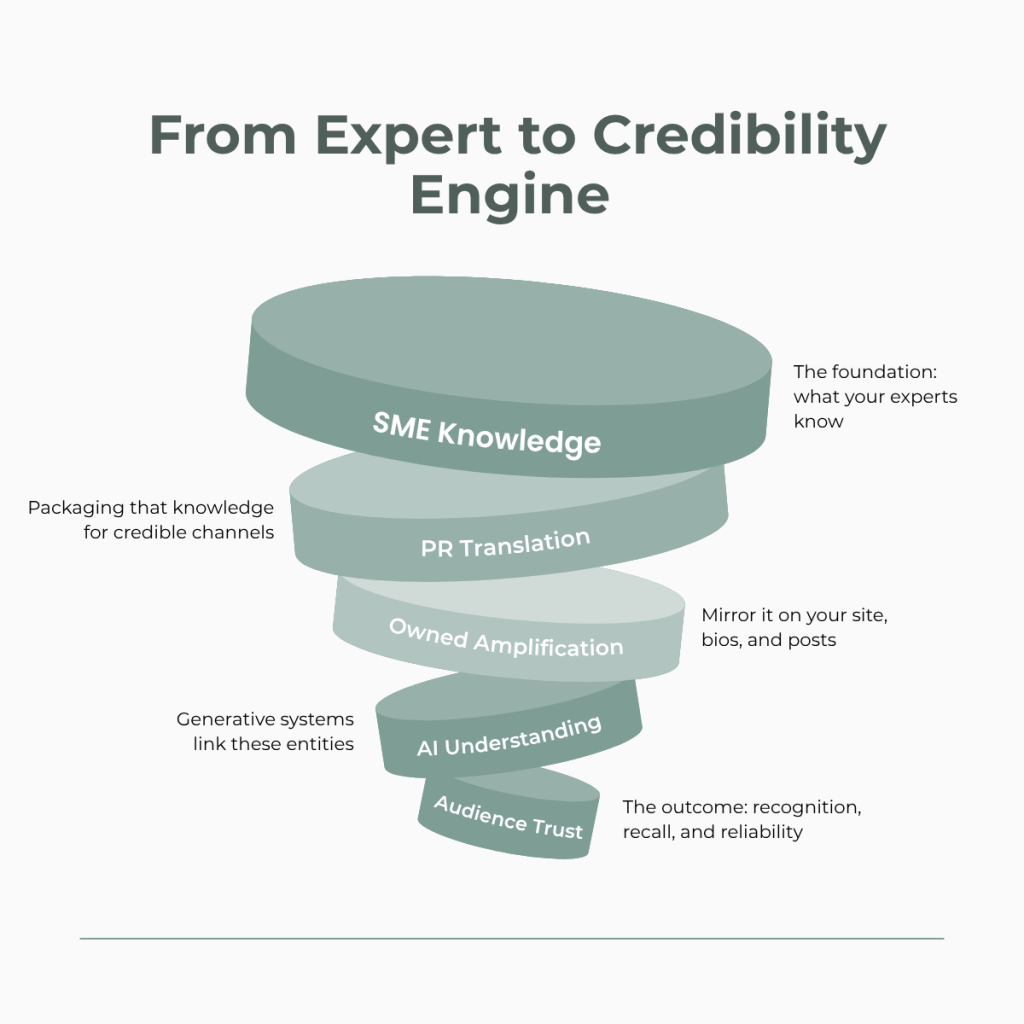
The “From Expert to Credibility Engine” funnel illustrates how subject matter expertise is translated into audience trust through PR, owned amplification, and AI-driven understanding.
Field Note from a National Consumer Brand Program
We ran a CEO credibility program that produced 120+ placements, 4 national TV segments, and 2 major conference talks within a year.
But the true win wasn’t the raw count; it was the compounding re-use of the same clean diagram, pre-approved quotes, and answer-ready pages. Editors lifted them, then platforms echoed them.
Consistency—not volume—moved the needle.
Really, we’re just elevating “thought leadership” in a way that works today. AI-friendly PR helps your performance marketing campaigns yield more conversions by pre-conditioning prospects at the awareness and consideration stages.
And to think, we used to just call PR “buzz.” Here’s a credibility checklist to get you started.
Credibility Checklist
1) Stand up an SME Operating System
Pick the people and their lanes.
- Roster 3–6 SMEs; assign 2–3 tight lanes each (e.g., “safety & labeling,” “claims & substantiation,” not “everything”).
- Align content lanes to revenue drivers and recurring buyer questions.
Capture once, produce many.
A single 45 minute/month interview per SME can generate 5+ outputs!
- 1 byline, Q&A, or blog
- 1 mini-FAQ (“Is it safe?” / “A vs. B?” / “How it works”)
- 1 simple diagram or chart (with caption + source line)
- 3–5 pre-approved pull quotes
- 1 60–90s video clip, with a few 15–30s cutdowns (OPTIONAL)
Keep a quote & proof bank.
- Compile your approved pull quotes from each SME interview
- For each recurring claim, document the evidence (standard, study, data note), owner, and last updated date.
2) Make Pages Answer-Ready on your Site
Both AI assistants and human editors reuse content that is easy to lift and attribute. With the rise of zero-click searches, users expect their question to be fully answered by the AI overview — and you want to be named or cited in that answer.
Every expert/answer page should include:
- Bylined expert (name, title, headshot) + 2–3 specialties
- Sourced statements with links (standards, studies, owned data)
- “Last updated” date
- Consistent entities (same names, titles, product terms as press materials)
- Short FAQ (3 questions) and summary paragraph
- Downloadable diagram (PNG/SVG) with caption and source line
Examples of easy-to-cite copy blocks:
- “On-record proof wins: name the expert, cite the source, time-stamp the claim.”
- “Design for answers, not clicks: short, citable explanations > long essays with no receipts.”
3) Pitch the Questions Buyers Actually Ask
Make it easy for editors to quote you by answering the questions that your buyers (and the editor’s readers!) actually care about.
Angles that get reused:
- “Is it safe?” (regulations, test methods, limits)
- “A vs. B?” (clear criteria, trade-offs)
- “How does it work?” (diagram + 150-word explainer)
Fast-drop packaging for editors:
- 3 quotable lines (≤25 words each)
- 1 diagram with caption + source
- 1 paragraph “short answer”
- 3-item mini-FAQ
- Expert bio sidebar (headshot, role, specialties, prior coverage)
The Human Signal AI Still Needs
In summary, AI can replicate patterns, but it can’t replicate trust. That still comes from human expertise shared clearly, cited properly, and distributed widely.
When your SMEs speak with authority, your brand earns the right to be referenced—by editors, by algorithms, and by your next customer.
That’s the new frontier of visibility: being the human source AI turns to when the world asks questions.
FAQ: PR and AI Visibility
PR puts citable expert explanations into reputable outlets; AI overviews and editors often reuse those sources. Your SME program plus consistent owned pages becomes the “answers layer.”
Yes, the AI click drought is real. When AI overviews answer the question on‑page, fewer users click through—so being named, cited, or referenced matters more than ever.
SMEs are essential for AI visibility because named experts with sourced claims are easier to cite and attribute. Start with 3–6 SMEs in your SME program, each owning 2–3 tight topic lanes mapped to real buyer questions.
u0022Answer-readyu0022 pages have a byline + credentials, last updated date, citations/sources, a short mini‑FAQ, and one clean diagram with a source line—written in consistent product/claim language.
To reinforce entity associations in the knowledge graph, keep names, titles, and key terms identical across earned and owned. Add schema markup (Article + Person + Organization; FAQ where relevant) so entities are explicit.
To measure PR in the AI age, track branded search lift, analyst mentions, marketplace rank, inbound references to coverage, and reuse of your language/visuals in AI overviews—not just last‑click traffic.
Quality placements and earned media mentions reinforce authority (E‑E‑A‑T), which supports rankings and improves odds of being cited in AI answers—a win for PR and SEO.
GEO is about building and formatting references—quotes, explainers, visuals—so AI systems and editors can find, trust, and reuse them.
About the Author

Len Cercone, Founder & CEO, CBC PR | PR & AI visibility expert. Building earned-first campaigns that influence audiences & fuel growth.
